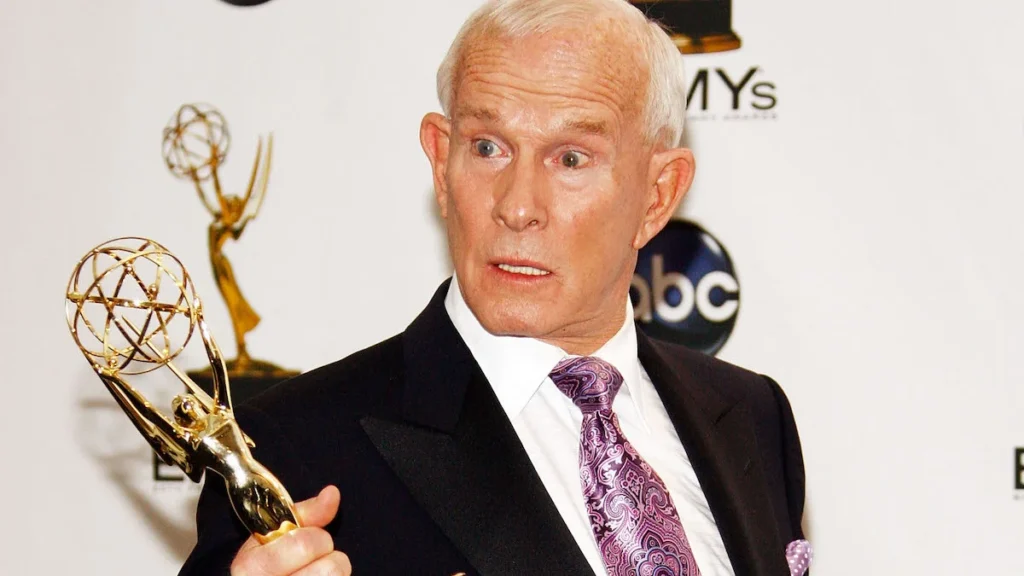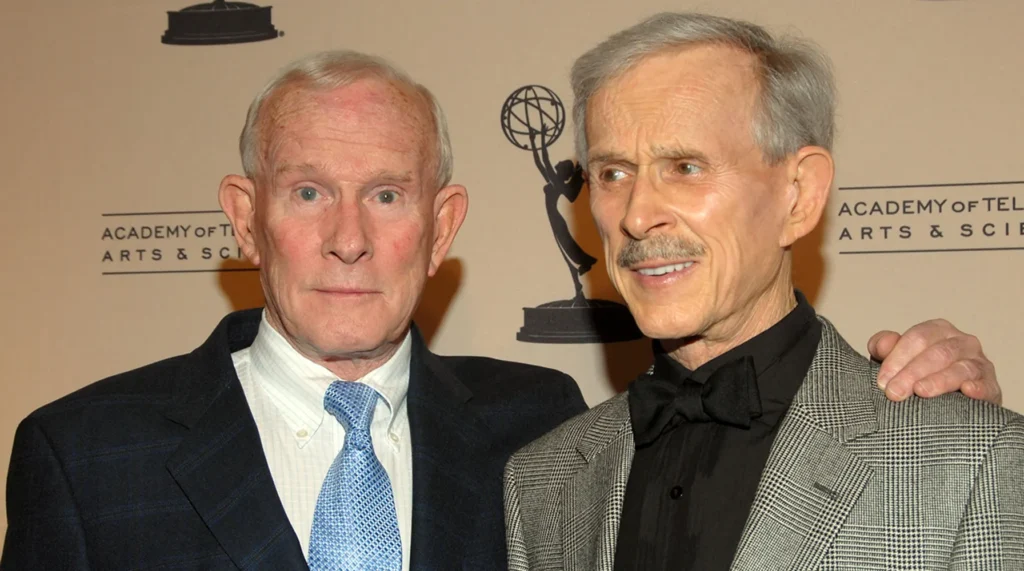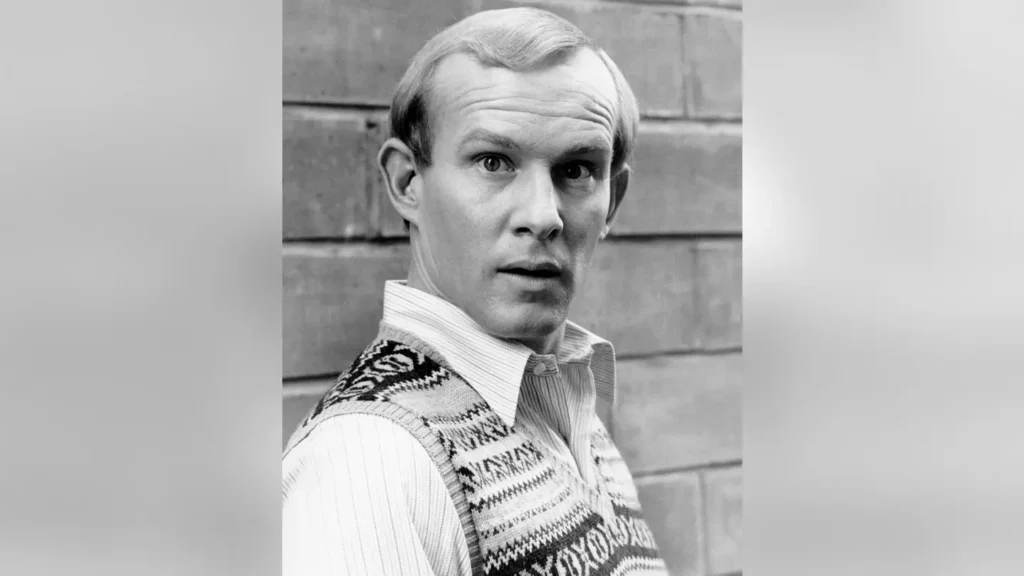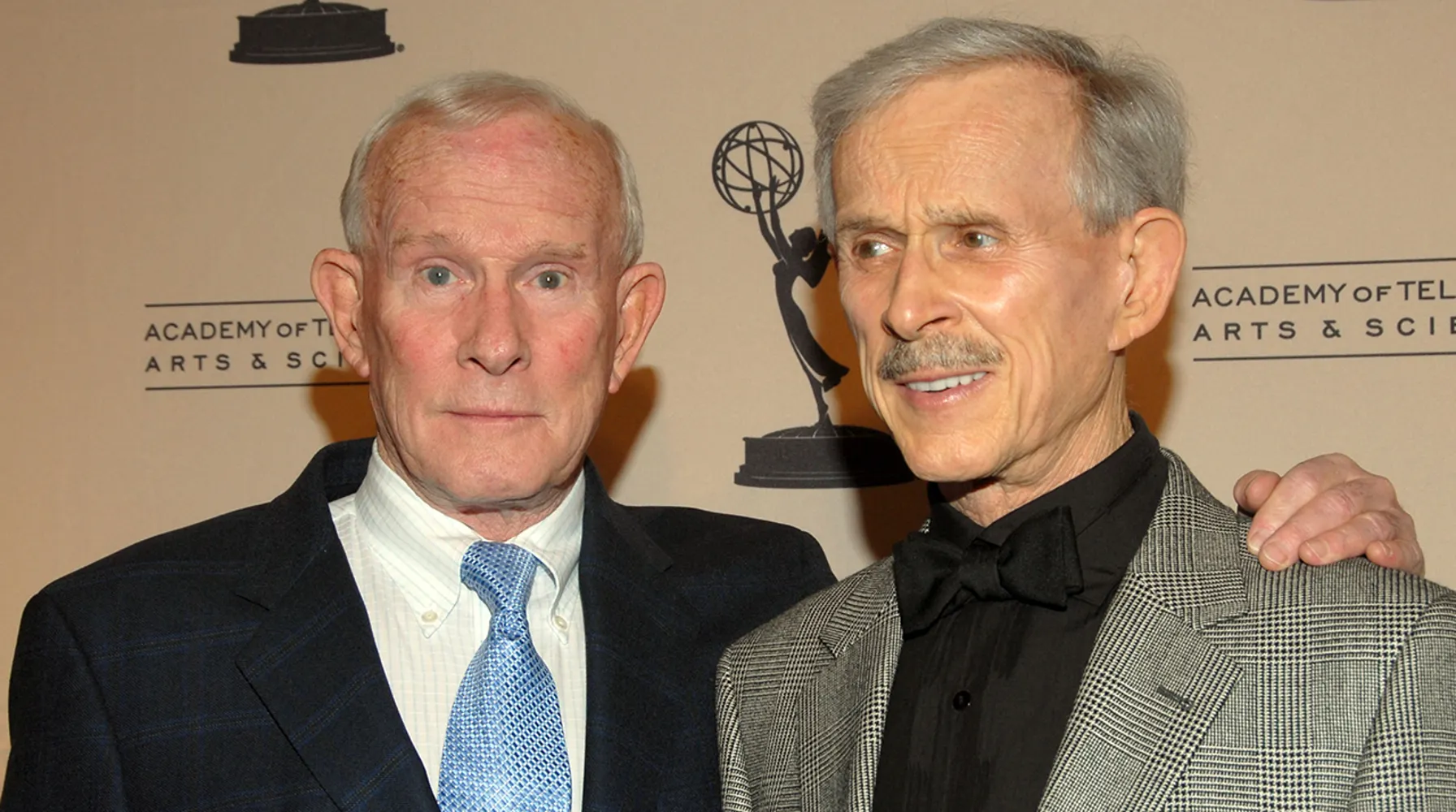Tom Smothers, the older half of the funny duo, the Smothers Brothers, passed away at his home in Santa Rosa, Calif., at the age of 86. He died after a battle with cancer, as announced by the National Comedy Center on behalf of the family.
The Smothers Brothers, known for their skits and songs on “The Smothers Brothers Comedy Hour” in the late 1960s, brought humor and a rebellious spirit to TV. They paved the way for shows like “Saturday Night Live” and “The Daily Show.”
Tom played the guitar, and Dick played the stand-up bass. Their act was unique because they spent as much time arguing as they did singing.
Tom Smothers, with an innocent look and a stuttering way of talking, would try to introduce their songs with a story, but his skeptical brother would often tease him. When frustration built up, he would turn, angry, and say his famous line: “Mom always liked you best.

In an effort to connect with a younger audience, CBS let the brothers control “The Smothers Brothers Comedy Hour,” a one-hour variety show that started in February 1967. Over the next three seasons, the show stirred up controversy by tackling issues like American policy in Vietnam, religious fundamentalism, racial tension, and recreational drug use.
They had segments like Leigh French’s “Share a Little Tea With Goldie,” which included drug references. This either delighted or shocked viewers, depending on their age and political beliefs.
“In the first year, we kept saying the show needs to have a message beyond just funny sketches and empty jokes,” Mr. Smothers explained in a 2006 interview. “So we always tried to include something meaningful, something that made a point and showed what was happening in the world outside.”
Tom, who was more liberal than his brother and mostly in charge of making the show, brought in writers who understood the thoughts of the Baby Boom generation. Some of them were Rob Reiner, Steve Martin, Pat Paulsen, and Mason Williams. They pushed the limits of what was considered acceptable humor.
“On one show, I said, ‘Easter is when Jesus comes out of his tomb, and if he sees his shadow he goes back in, and we get six more weeks of winter,'” Tom shared, trying to bring humor to religious themes.
Tom Smothers, who was much more argumentative than his easygoing brother (who is still alive), fought with TV bosses and censors. CBS, tired of complaints from its rural channels, especially in the South, suddenly stopped the show in April 1969. They replaced it with “Hee Haw,” a country-style show similar to the fast and sometimes controversial “Rowan and Martin’s Laugh-In,” featuring country music stars.
The day after the show got canceled, Tom Smothers told reporters, “In any other type of show, we would be seen as pretty normal. Here, we are seen as rebels and extremists.”
An Army Family

Thomas Bolyn Smothers III was born on Feb. 2, 1937, on Governors Island in New York Harbor. His dad, an Army major from West Point, was stationed there. The family moved to Manila, and later, just before the Japanese attacked Pearl Harbor, they moved to the Los Angeles area. Tom’s mom, Ruth Smothers, who grew up there, worked in an aircraft factory.
During World War II, Tom’s dad fought in Manila Bay, got captured on the Bataan Peninsula, and survived the Bataan death march. Sadly, he died in 1945 when a prison ship carrying him to Japan got mistakenly bombed by American planes.
As Tom’s mom struggled with alcoholism and remarriages, Tom attended different schools. In 1955, he graduated from Redondo Union High School, where he excelled as a state champion on the parallel bars.
In high school, Tom and his younger brother Dick sang in a barbershop group. They even won second prize on a local talent show called “Rocket to Stardom.”
Tom went to San Jose State College, studying advertising. The brothers, now joined by Bobby Blackmore, formed the Casual Quintet and rode the folk music wave. In 1959, they became a trio and started performing at the Purple Onion in San Francisco, billed as the Smothers Brothers and Gawd.
As time went on, the brothers started adding funny talk into their performances. They made jokes about the folk music scene and turned their real-life brotherly arguments into part of the show. Mr. Smothers explained in 2006 that the act “slowly evolved to be a running argument between two brothers who sang but never finished a song.”
People loved it. Their initial two-week show at the Purple Onion got extended to nine months. In 1961, the Smothers Brothers, now performing as a duo, were invited to the Blue Angel in New York.
A review by Robert Shelton in The New York Times described Tom’s delivery as similar to “a scared 10th grader giving a memorized talk at a Kiwanis meeting.” He added, “He speaks in a nervous, distracted sort of silly talk that has him stumbling over big words, making mistakes with a carefree attitude, singing off-key, saying the wrong words, mixing up lyrics, and always stealing the spotlight from his younger brother.”
The brothers started appearing regularly on shows like “The Tonight Show” with Jack Paar, “The Garry Moore Show,” and “The New Steve Allen Show.” They also signed with Mercury Records and made “The Smothers Brothers at the Purple Onion,” the first of many successful albums. Their college campus tours were constant.
In 1963, Tom got married to Stephanie Shorr, but the marriage ended in divorce, as did his marriage to Rochelle Robley. Besides his brother, he is survived by his wife, Marcy Carriker Smothers, their son Bo, and daughter Riley Rose Smothers, as well as a grandson. Unfortunately, his son from his first marriage, Thomas Bolyn Smothers IV, passed away last year.
In a statement, Dick Smothers said, “Tom was not only the loving older brother that everyone would want in their life, he was a one-of-a-kind creative partner.”
In 1965, CBS gave the brothers their own TV show called “The Smothers Brothers Show.” It was a sitcom produced by Aaron Spelling. However, the show didn’t let them do what they were best at. Tom played a probationary angel sent back to earth to live with his brother, played by Dick, who was a swinging bachelor.
Even though many people watched the show, it wasn’t a good experience for the brothers. They couldn’t use their musical instruments, there was no live audience, and they had to deal with a recorded laugh track. It was tough for them.
Tom explained in 1967, “It was a nothing show. There was no point of reference, nothing meaningful, no satire in it.” After “The Garry Moore Show” didn’t do well against “Bonanza” on Sunday nights, Michael Dann, who was in charge of programming at CBS, decided to take a chance on a Smothers Brothers variety show.
Connecting With the Young

Expectations weren’t high, but “The Smothers Brothers Comedy Hour” connected with viewers, especially younger ones, and even beat “Bonanza” in the ratings. The humor was bold, the writing was smart, and they had musical guests like the Who and Jefferson Airplane, breaking the usual variety-show mold.
The brothers looked like friendly college students, but their happy songs had a bit of a bite. One song started with, “The war in Vietnam keeps on a-ragin’. Black and whites still haven’t worked it out. Pollution, guns, and poverty surround us. No wonder everybody’s droppin’ out.”
Almost right away, the brothers had disagreements with CBS executives, and a pattern formed. The censors would cut words, lines, or whole sketches. Mr. Smothers fought hard to get them back, and he often succeeded. When he couldn’t, he complained loudly in public.
For instance, when CBS cut the words “breast” and “heterosexual” from a sketch written by Elaine May about two professional censors, Mr. Smothers said to The Times, “The censors censored the censorship bit. It’s a real infringement of our creative rights.”
In the beginning, he couldn’t get CBS to let Pete Seeger, who was blacklisted in the 1950s, perform his antiwar song “Waist Deep in the Big Muddy.” The segment got pulled in 1967 but was shown a year later.
“Television is old and tired,” Mr. Smothers said to McCall’s magazine in 1968. “Television is a lie. The people who censor our shows are all conditioned to a very scared way of thinking, which is reflected in the kind of programs the networks put on. Television should be as free as the movies, as the newspapers, as music to reflect what’s happening.”
CBS started requiring an early recording of each week’s show to be sent for review by the network and its affiliates. In April 1969, when the recording of a show with a satirical sermon by comedian David Steinberg didn’t arrive on time for the second time, CBS told the brothers they broke their contract. Even though the network had just renewed the show’s option two weeks earlier, they decided to cancel it.
This move wasn’t entirely surprising. Percy Shain, the TV critic for The Boston Globe, wrote, “Tommy has been sticking pins in CBS ever since he started feeling his oats when he found he could command good ratings. He has been at times snide, ugly, resentful, bullheaded. In his various arguments with the network, he has refused to compromise one iota.” TV Guide, in a serious editorial, called the cancellation “wise, determined, and wholly justified.”
For the rest of his life, Mr. Smothers believed that President Richard M. Nixon, who took office three months before defeating Vice President Hubert H. Humphrey, pressured CBS to cancel the show. He stated in a 2001 interview on “Speaking Freely,” a TV program by the First Amendment Center, “When Nixon said, ‘I want those guys off,’ they were off. If Humphrey had been elected, we would have been on.”
In 1970, the brothers briefly returned to network television with the not-so-exciting “Smothers Brothers Summer Show” on ABC. The next year, Tom, becoming more outspoken about politics, starred in “Tom Smothers’ Organic Prime Time Space Ride,” a syndicated half-hour variety show. It was heavy on relevance but light on laughs and didn’t include his brother.
Reflecting on that time in a 2006 interview, he said, “I lost perspective, my sense of humor. I became a poster boy for the First Amendment, freedom of speech, and I started buying into it. It was about three years when I was deadly serious about everything.”
Hollywood and Other
Tom pursued an acting career, appearing in movies like “Serial,” “The Silver Bears,” and others. He and his brother starred in the comedy “I Love My Wife” on Broadway in 1978 and took it on a national tour.
The brothers got back together on TV in 1975 for a milder version of “The Smothers Brothers Show” on NBC, and they had a reunion show in 1988. In a short-lived 1981 drama series, “Fitz and Bones,” they appeared, but not as brothers. However, their career came full circle, ending much like it began—with live concert performances.
Tom introduced a new funny character to their act, the Yo-Yo Man. He performed impressive yo-yo tricks, inspired by his love for the song “(I’m a) Yo-Yo Man.” In 2010, Tom announced that he and his brother were retiring from performing together.

Hey, I’m Rakibul Hassan, Senior Writer at campseekr.com since September 2023. I’ve been updating info about the media industry and celeb lives for Six years. I am committed to providing well-researched, structured content.


1 thought on “Tom Smothers, Comic Half of the Smothers Brothers, Dies at 86”